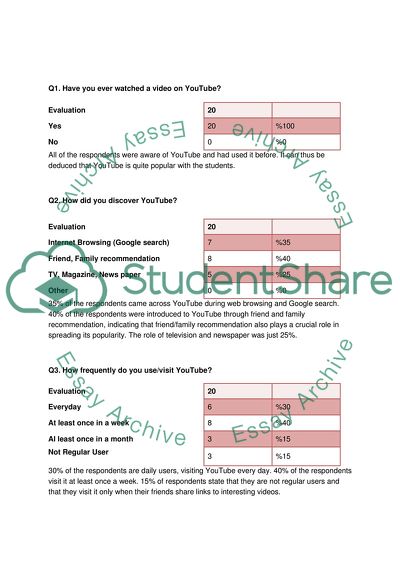Simple Market research /Survey pilot data analysis Essay. https://studentshare.org/marketing/1761891-simple-market-research-survey-pilot-data-analysis
Simple Market Research /Survey Pilot Data Analysis Essay. https://studentshare.org/marketing/1761891-simple-market-research-survey-pilot-data-analysis.


